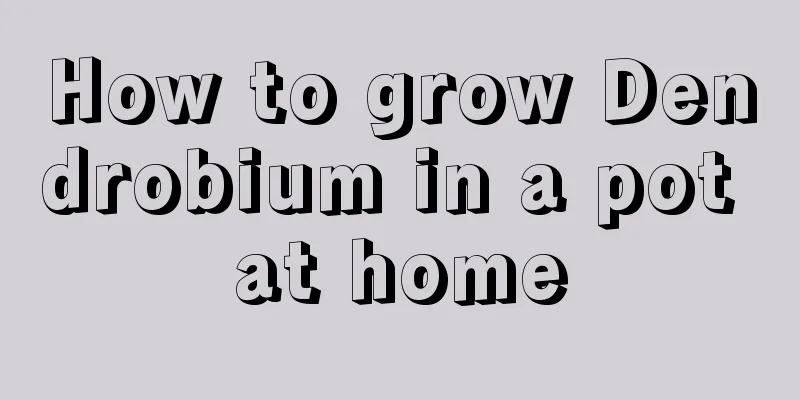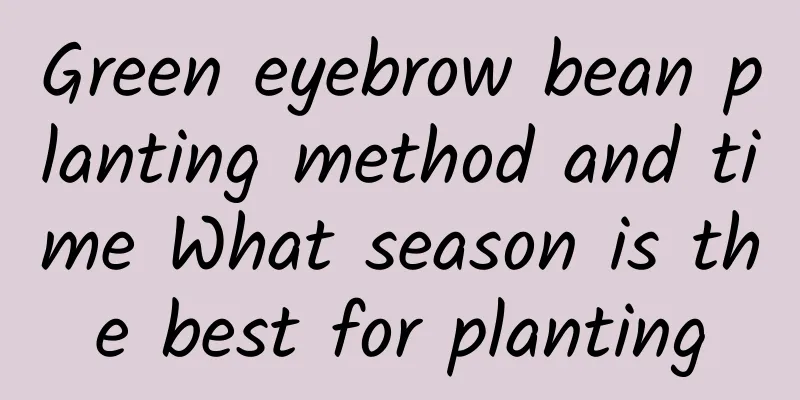What are the cultivation methods and precautions for oranges?

Orange cultivation methodOrange belongs to the Rutaceae family. The methods of reproduction include sowing, cutting, and grafting. Common cultivated varieties include Ganxia, Kumquat, Bergamot, and Shatang orange. Oranges have a certain degree of shade tolerance and prefer a warm and humid climate. They are not cold-resistant. If the temperature in winter is below minus 8 degrees, they will suffer frost damage. They are not high-temperature resistant, and the temperature cannot be higher than 37 degrees, which will affect the quality of the fruit. They are suitable for growing in deep, fertile, well-drained, neutral to slightly acidic sandy loam. Watering methodOrange trees like a humid environment. The soil in the pot should be kept moist during the growth period, but no water accumulation should occur. Water evaporates quickly in summer. In addition to watering the pot, you should also spray water on the ground. Water less in winter. Fertilization methodOrange trees are not very demanding on fertilizers, and soil fertilization is the main method. When planting, you can use ring ditch application, strip ditch application, hole application, and soil surface spreading, combined with foliar fertilization. Pruning methodsYoung orange trees can be lightly pruned, and overgrown branches can be cut short, dense branches and leaves can be thinned out, and inner branches should generally be retained. In the initial fruiting period, the extended branches of the main trunk should be cut short, and the summer shoots should be removed. In the peak fruiting period, the fruiting branches should be promptly cut back, and branches that block light, dead branches, and diseased and insect-infested branches should be cut off. Orange cultivation precautionsWhen planting oranges, you can apply base fertilizer. During the growth period, you can apply decomposed organic liquid fertilizer once a month. Apply 0.2% potassium dihydrogen phosphate once every 40 days. The pot needs to be changed every 1-2 years. Remove the general soil and trim the dense roots. In addition, it often has pests such as red spider mites, scale insects, aphids, etc., which can be controlled with DDT emulsion spray. |
<<: What are the cultivation methods and precautions of Dragon Tree?
>>: Should I use a large or small pot for succulents?
Recommend
How to plant Polygonatum odoratum seeds
Planting period Polygonatum odoratum seeds are su...
How to store ginger seeds for next year's planting (storage method for ginger seeds for wintering)
How to preserve ginger When saving seeds , you mu...
How to prune jasmine and what to pay attention to
Jasmine pruning time Jasmine can be pruned three ...
Cultivation methods and precautions of Linaloa
1. Watering The spring and autumn are the seasons...
Why are the leaves of Anthurium turning yellow, burnt and dry?
Anthurium is widely favored by flower lovers for ...
Ganoderma lucidum growth environment conditions and characteristics
Ganoderma lucidum growth environment conditions a...
How to grow hydroponic green radish more vigorously in winter
The green ivy has good adaptability and strong vi...
Is camellia good for the feng shui of your home?
1. Good for Feng Shui Overall, it is good for the...
The difference between bulbous begonia and four-season begonia
1. Differences in stems The stem of the bulbous c...
The 10 Roses with the Longest Flowering Periods: Plant One and Enjoy the View for Half a Year
1 Cream Lonza It is generally recognized that the...
How to grow green apple taro so that it will bloom out of the pot?
Green Apple Arrowroot is a perennial evergreen he...
Petunia cultivation methods and precautions
Petunia is loved by flower lovers for its short p...
How to grow red spider lily in autumn
1. Suitable temperature The most suitable tempera...
Is raspberry a shade or sun-loving plant?
Do raspberries prefer shade or sun? Raspberries l...
The flower language and symbolic meaning of flame orchid
1. Flower Language Warm emotion, strong feelings,...









